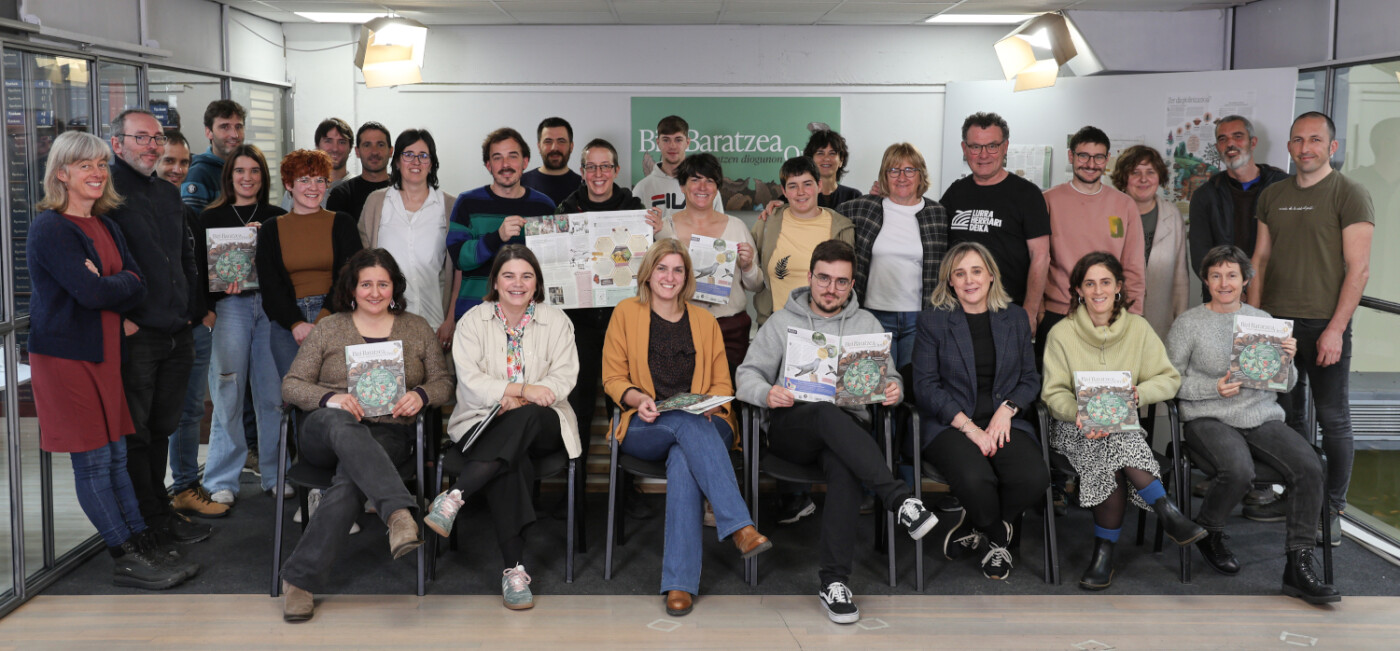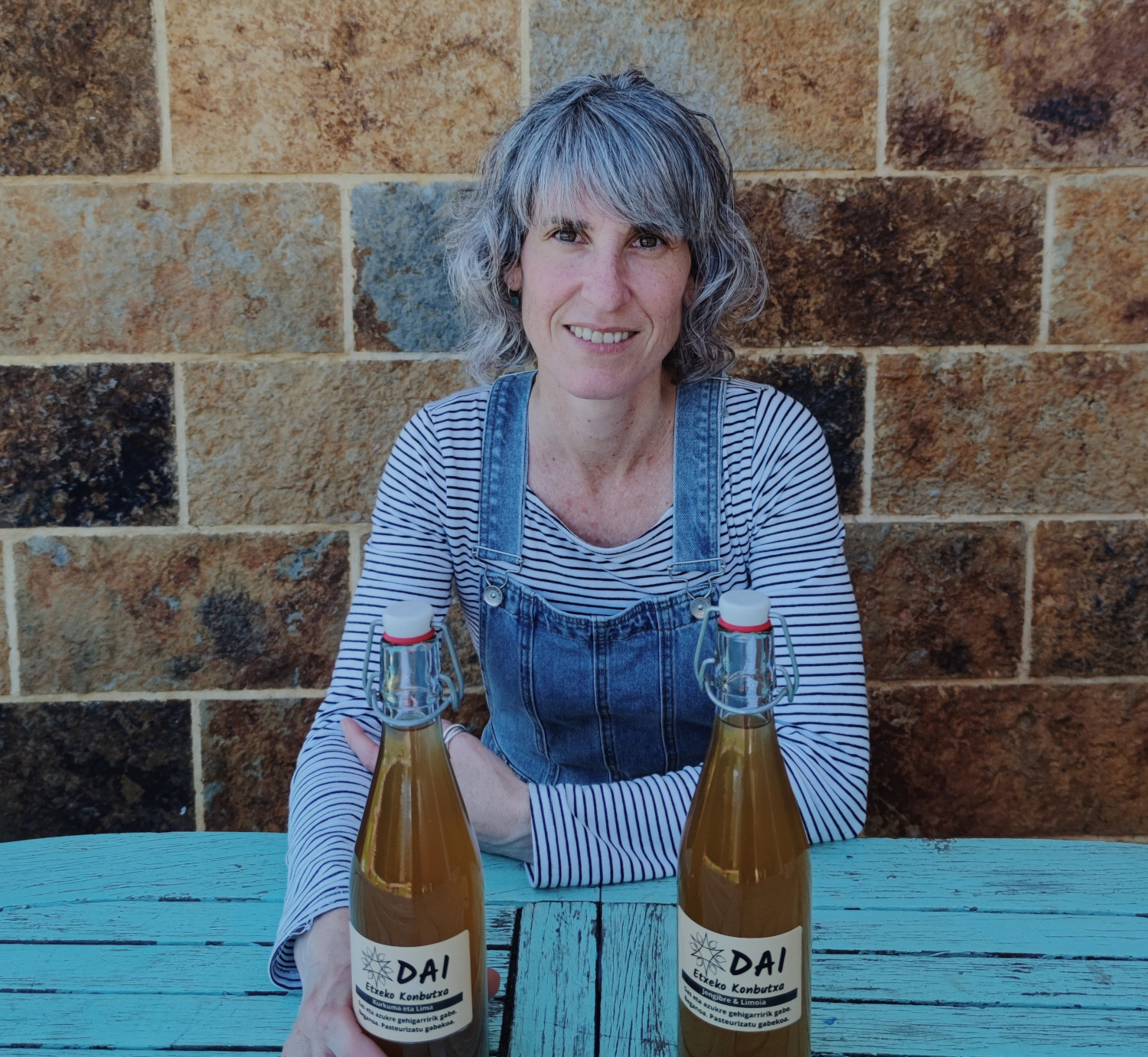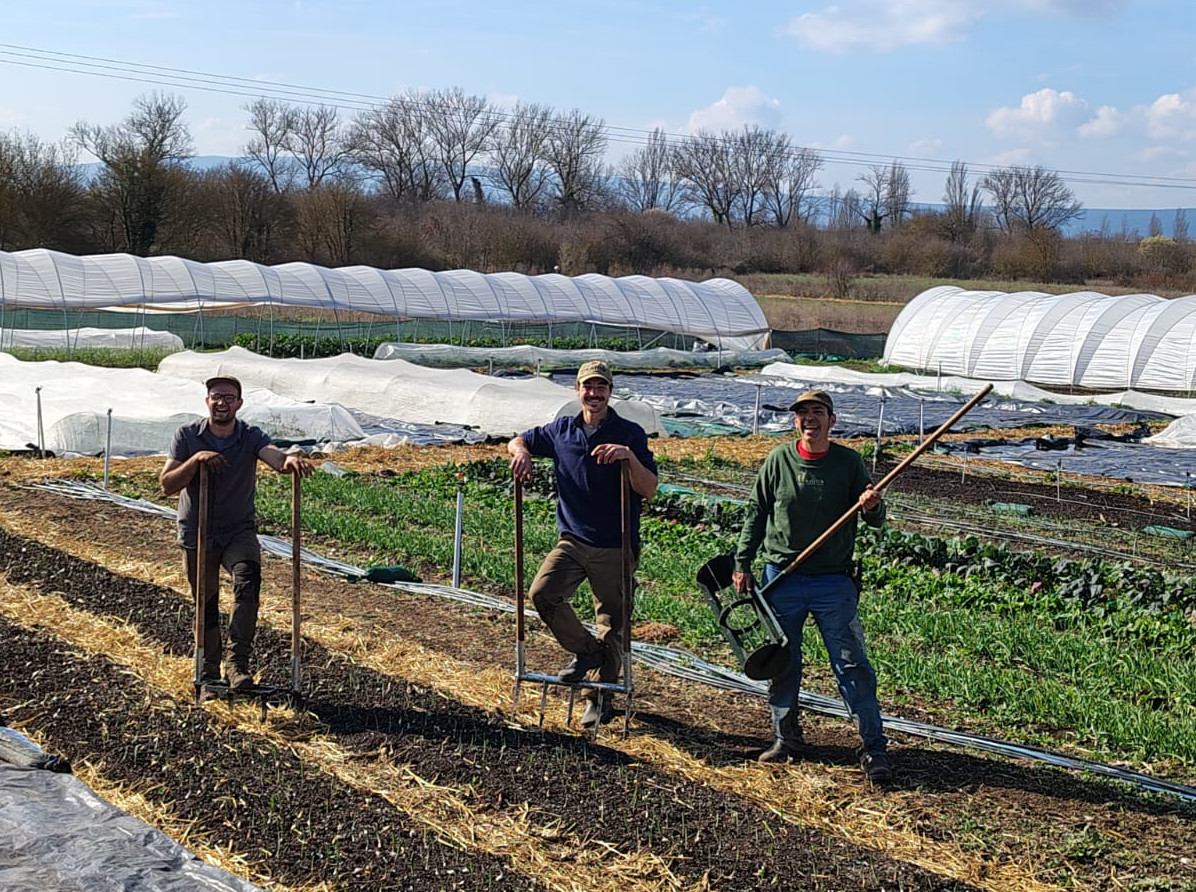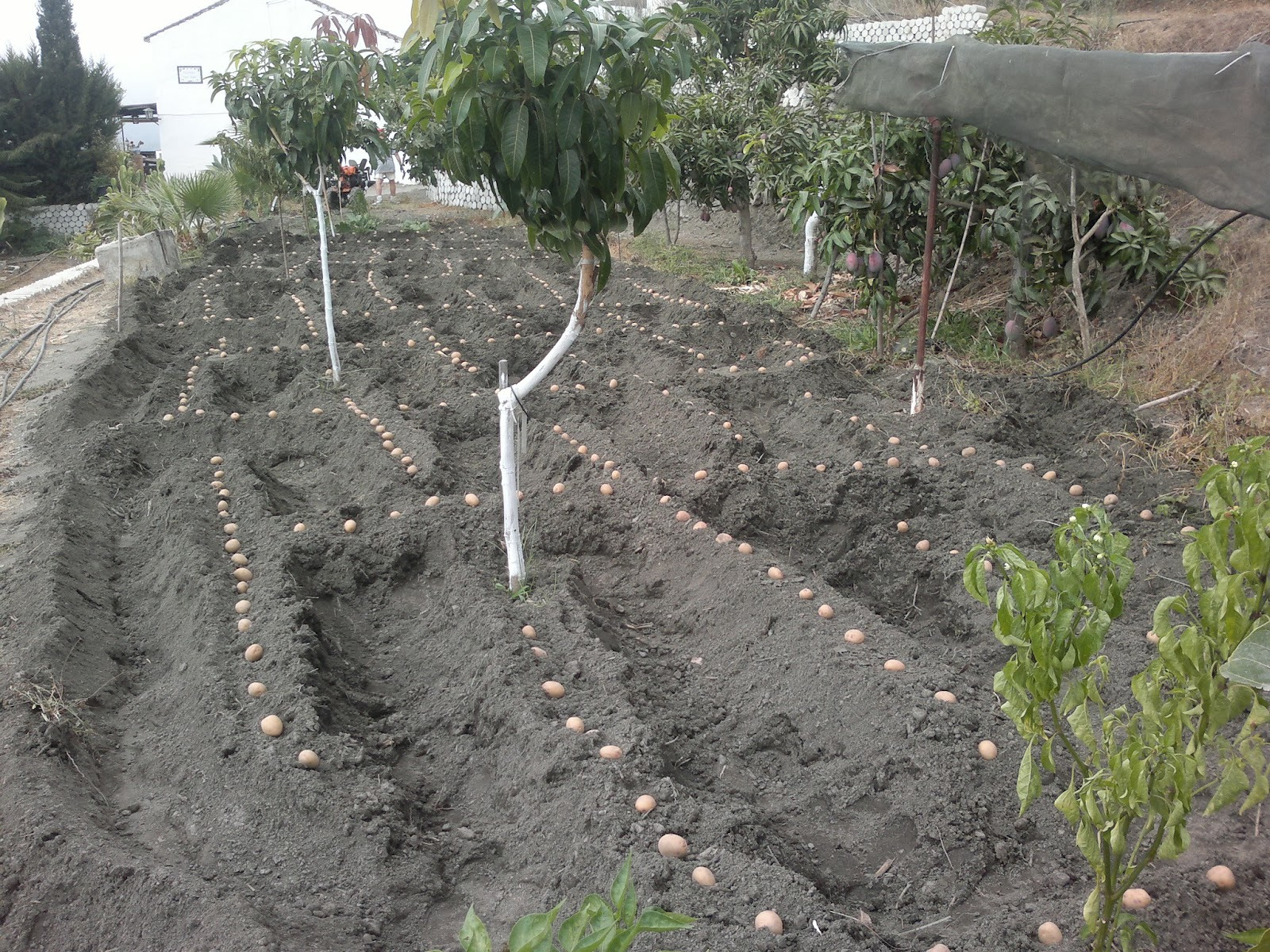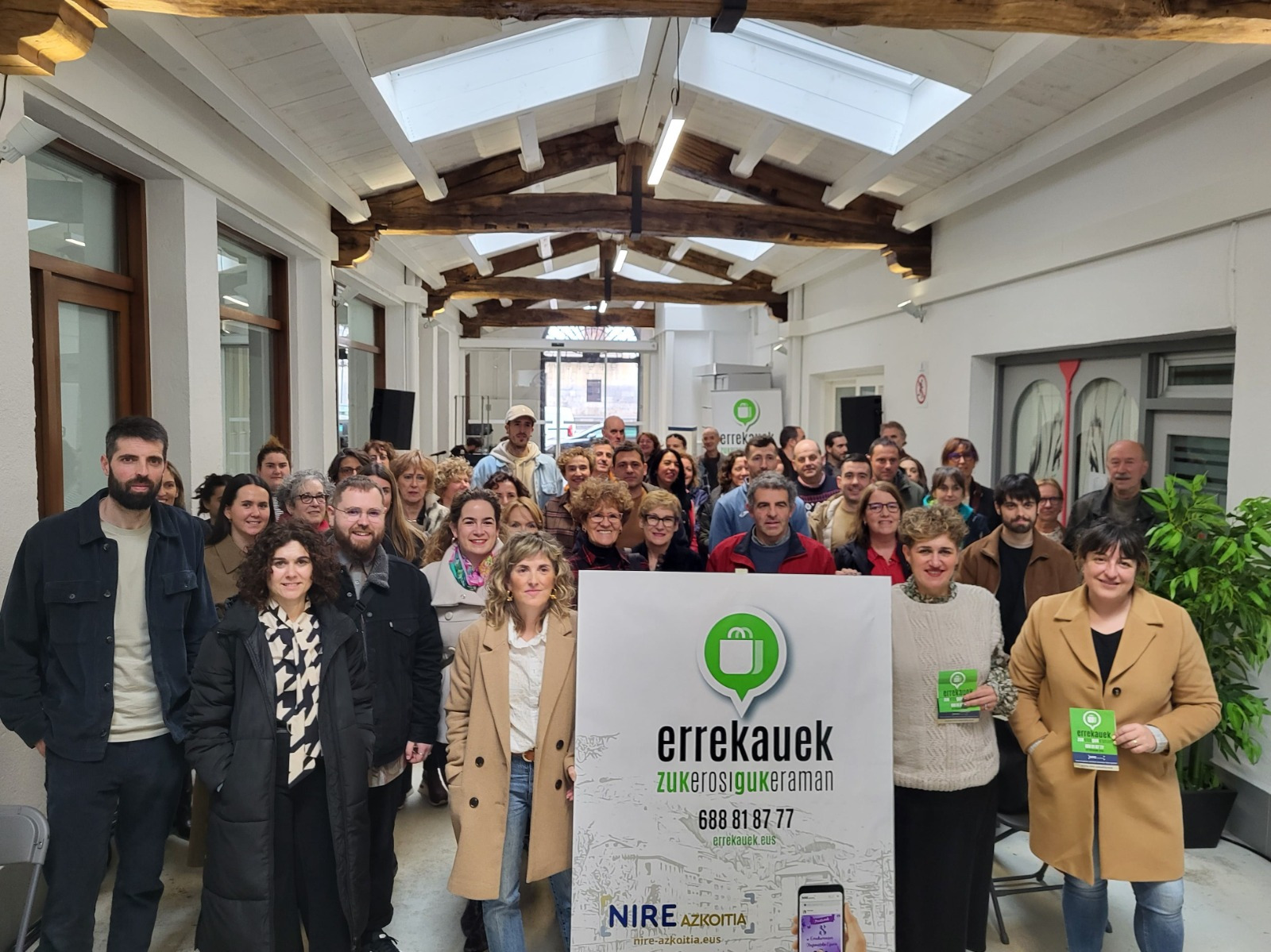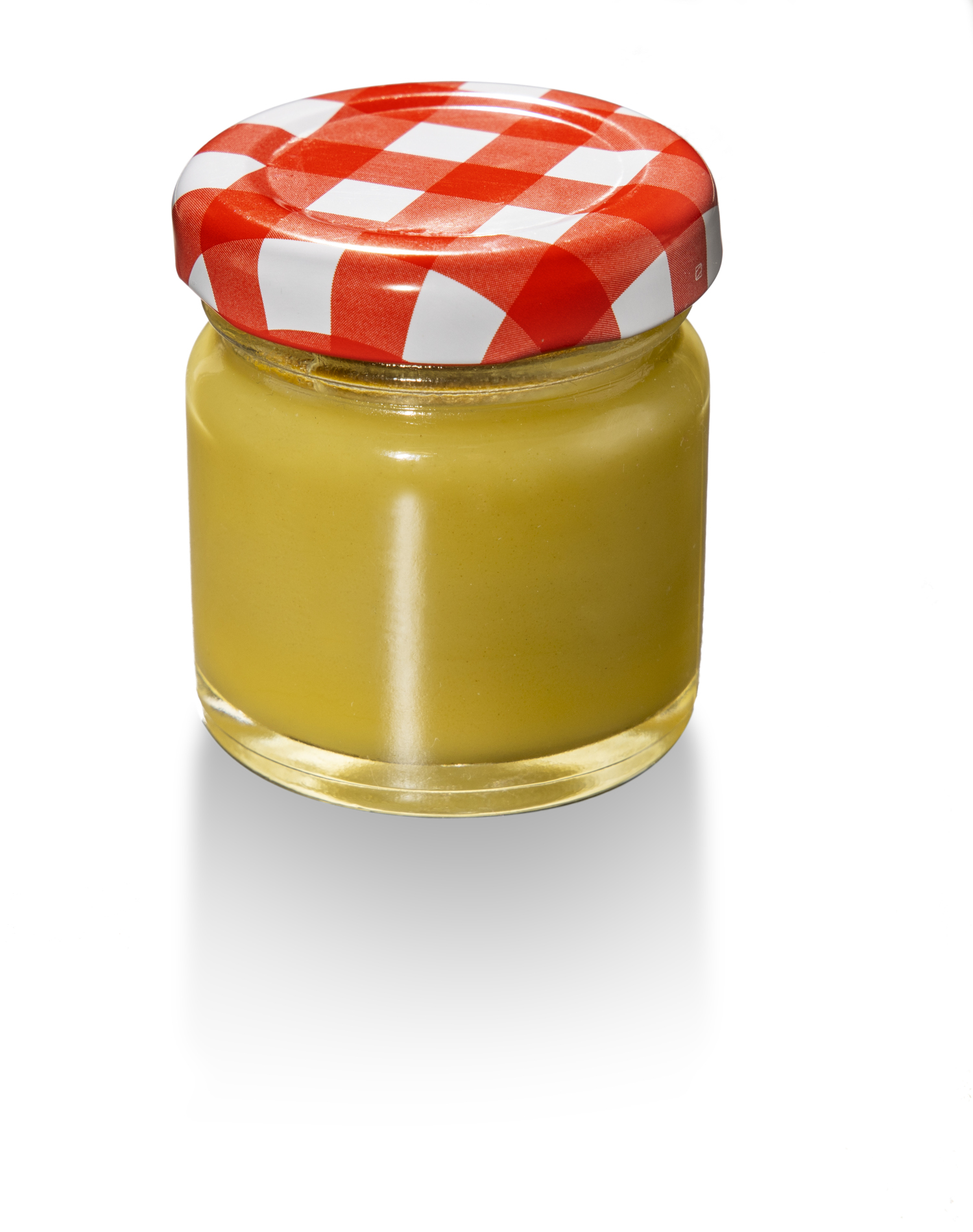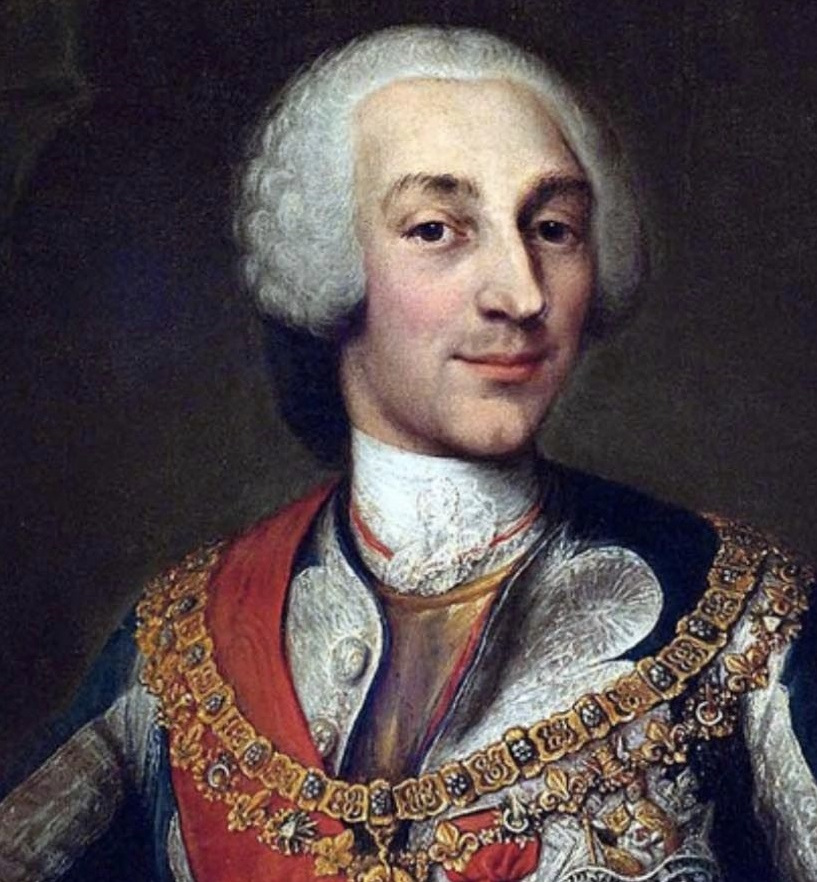(Semen) Reproductive processes are collective
- In recent weeks, we have been on the seedbed sowing summer vegetable seeds and creating small plants. Some plants are already in the orchard. We have offered the seeds in the lethargy the right conditions for them to wake up, or in other words for them to be born. And they've been born and they're progressing slowly.

In the last article, taking into account what the seeds teach us, I questioned the dichotomy "reproduction/production" and I would like to continue pulling it out. When does the reproduction of plants and seeds occur? What about birth? The seeds come from pollinated flowers in the previous season of the orchard. So "fertilization." The hiates, having been locked in them (and in a relatively fresh warehouse created by us), have given way to the new plants. With our help.
I once read to Charis Thompson the concept of "reproductive choreographies," which led me to look at reproduction differently. By then I had learned quite well the main message of ESO biology: reproduction is, in most cases, "sexual", and it is a consequence of the mixing of genetic material from two members of the same species, usually from two of "different sexes". Fast and poorly explained, this was for me the foundation of reproduction. However, Thompson's idea helped me see how reproduction goes beyond biological genetic processes, in which many members of different species often participate. Proof of this are the multiple forms of organization and understanding of human reproduction that have emerged in different cultures. It is also the case in agriculture and seed breeding. In the case of vegetables, where does "reproduction" occur? Can we place reproduction only when a mixture of genetic material is produced from two individuals of the same species? In my opinion, reproduction cannot be understood or explained without the intervention of humans and others. Therefore, the main explanation given by biology lies on us. I would even say that this explanation has had and has, among other things, the function of reinforcing the heteronormatical and anthropocentric discourse. On the one hand, it has placed reproduction in the need of a male and a female mainly; on the other, it has placed it within the species, fixing a classification according to the species made by man, in which man appears at the top of the possible hierarchical classification. But the reality is completely different and more complex.
When the seeds we collect in the garden are born or awakened, many creatures influence. So the reproductive processes that we see, generate and feed in the orchard have more choreographies than the action between two people. But in these choreographies, we don't all have the same ability to influence, we don't all interact in the same way. Therefore, this choreographic idea can not only help us to decentralize the heteronormatical and anthropocentric explanations associated with reproduction, but also to visualize the power relations that structure these plural relationships of reproduction. Because reproduction is not something that actually happens in "nature," but is a consequence of the influence and the will of many beings. I often fight.
Udaberrian orain dela egun gutxi sartu gara eta intxaurrondoa dut maisu. Lasai sentitzen dut, konfiantzaz, bere prozesuan, ziklo berria hasten. Plan eta ohitura berriak hartu ditut apirilean, sasoitu naiz, bizitzan proiektu berriei heltzeko konfiantzaz, indarrez, sormen eta... [+]
Ohe beroan edo hotzean egiten da hobeto lo? Nik zalantzarik ez daukat: hotzean. Landare jaioberriek bero punttu bat nahiago dute, ordea. Udaberriko ekinozio garai hau aproposa da udako eta udazkeneko mokadu goxoak emango dizkiguten landareen haziak ereiteko.
Duela lau urte abiatu zuten Azpeitian Enkarguk proiektua, Udalaren, Urkome Landa Garapen Elkartearen eta Azpeitiako eta Gipuzkoako merkatari txikien elkarteen artean. “Orain proiektua bigarren fasera eraman dugu, eta Azkoitian sortu dugu antzeko egitasmoa, bere izenarekin:... [+]
Itsasoan badira landareen itxura izan arren animalia harrapari diren izaki eder batzuk: anemonak. Kantauri itsasoan hainbat anemona espezie ditugun arren, bada bat, guztien artean bereziki erraz atzemateko aukera eskaintzen diguna: itsas-tomatea.
Aurten "Israel Premier Tech" txirrindularitza talde israeldarra ez da Lizarraldeko Miguel Indurain Sari Nagusia lasterketara etorriko. Berri ona da hori Palestinaren askapenaren alde gaudenontzat eta munstro sionistarekin harreman oro etetea nahi dugunontzat, izan... [+]
Sare sozialen kontra hitz egitea ondo dago, beno, nire inguruan ondo ikusia bezala dago sare sozialek dakartzaten kalteez eta txarkeriez aritzea; progre gelditzen da bat horrela jardunda, baina gaur alde hitz egin nahi dut. Ez ni optimista digitala nauzuelako, baizik eta sare... [+]
Bada Borda bat ilargian. Bai, bai, Borda izeneko krater bat badu ilargiak; talka krater edo astroblema bat da, ilargiaren ageriko aldean dago eta bere koordenadak 25º12’S 46º31’E dira; inguruan 11 krater satelite ditu. Akizen jaiotako Jean Charles Borda de... [+]
Donostiako Amara auzoko Izko ileapaindegi ekologikoak 40 urte bete berri ditu. Familia-enpresa txikia da, eta hasieratik izan zuten sortzaileek ile-apainketan erabiltzen ziren produktuekiko kezka. “Erabiltzaileen azalarentzat oso bortzitzak dira produktu gehienak, baina... [+]









